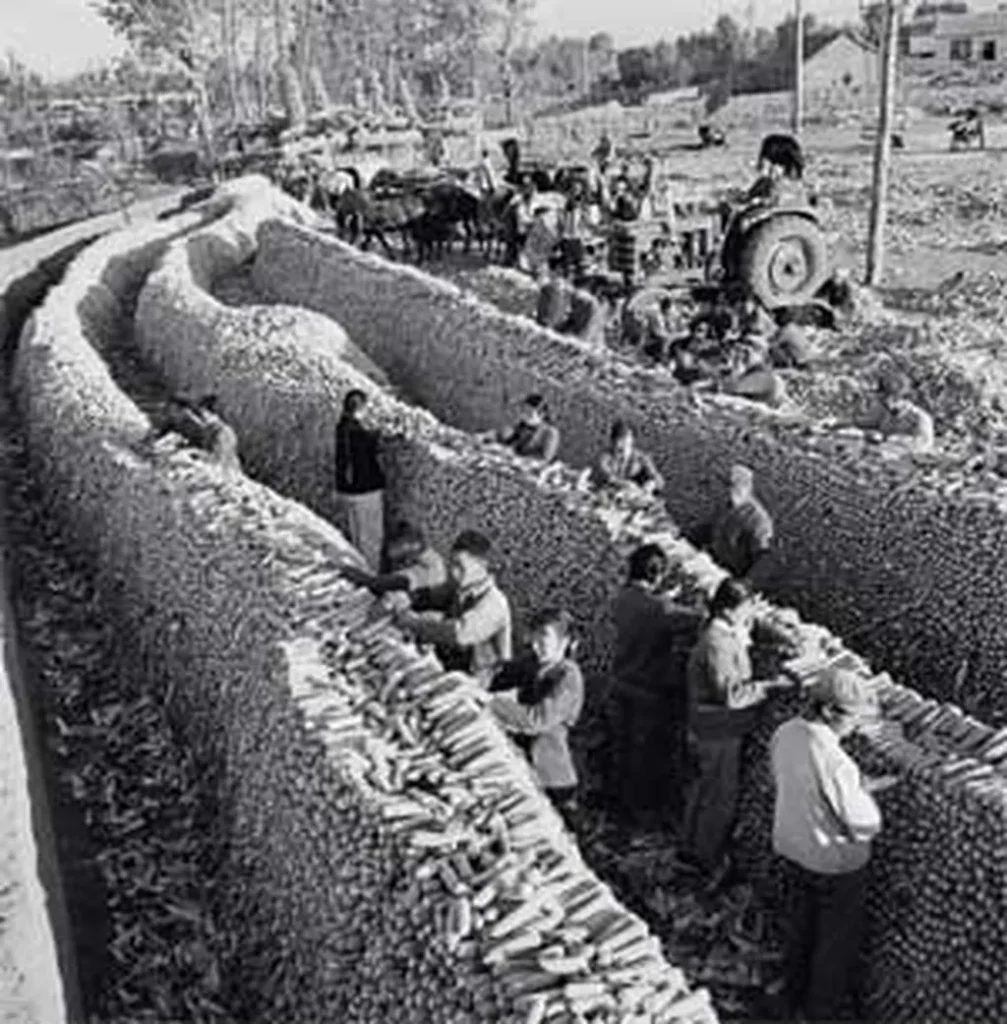In the heart of China’s Jilin Agricultural University, researchers are tackling a challenge that’s as old as agriculture itself: how to make harvesting more efficient, especially when Mother Nature throws a curveball. Haohai You, a researcher at the College of Information Technology, has led a team to develop a cutting-edge solution that could revolutionize smart agriculture. Their work, published in the Alexandria Engineering Journal (translated as the Journal of Engineering Science), focuses on enhancing apple detection in variable weather conditions, a critical step towards fully autonomous harvesting.
The team’s innovation, dubbed VBP-YOLO-prune, is a lightweight detection model built upon the YOLOv8n framework. It’s designed to handle the unpredictable conditions of orchards—think sudden lighting changes, occlusions, and varying weather patterns. “Our goal was to create a robust model that could perform accurately and efficiently, even in complex environments,” You explained. The model incorporates several novel features, including a V7 downsampling module, BiFPN feature fusion, and an improved PIOUv2 loss function, all aimed at boosting multi-scale representation and bounding box regression.
To train their model, the researchers created a custom apple dataset, augmenting it with diverse lighting and weather conditions to improve its generalization capabilities. The results speak for themselves: VBP-YOLO-prune achieved an impressive 89.0% mAP50 and 66.26% mAP50–95, with a precision of 84.01% and recall of 80.52%. But perhaps most notably, it significantly reduces parameters by 79.7%, FLOPs by 60.9%, and increases FPS by 29.2% compared to the original YOLOv8n. The final model is a lean, mean, detecting machine with only 0.61M parameters, 3.2 GFLOPs, and a speed of 102.6 FPS on an NVIDIA Jetson Orin Nano.
So, what does this mean for the future of agriculture? For starters, it brings us one step closer to fully autonomous harvesting systems. “Our model provides a practical and efficient solution for real-time fruit detection in complex environments,” You stated. This could lead to increased efficiency and reduced labor costs for farmers, ultimately lowering the price of apples and other fruits for consumers.
But the implications don’t stop at apple orchards. The techniques developed by You and his team could be extended to other crop types, paving the way for a new era of smart agriculture. As we face increasing pressure to feed a growing population, innovations like VBP-YOLO-prune could play a crucial role in ensuring food security.
Moreover, the energy sector could also benefit from this research. As autonomous systems become more prevalent in agriculture, there’s a growing need for efficient, edge-computing solutions. VBP-YOLO-prune’s lightweight design makes it an ideal candidate for deployment on energy-efficient edge devices, reducing the overall energy footprint of smart agriculture systems.
In the end, You’s work serves as a testament to the power of deep learning and lightweight deployment. It’s a reminder that even in the face of complex challenges, innovative solutions are within reach. As we look to the future, one thing is clear: the fields of agriculture and energy are ripe for disruption, and technologies like VBP-YOLO-prune are leading the charge.

